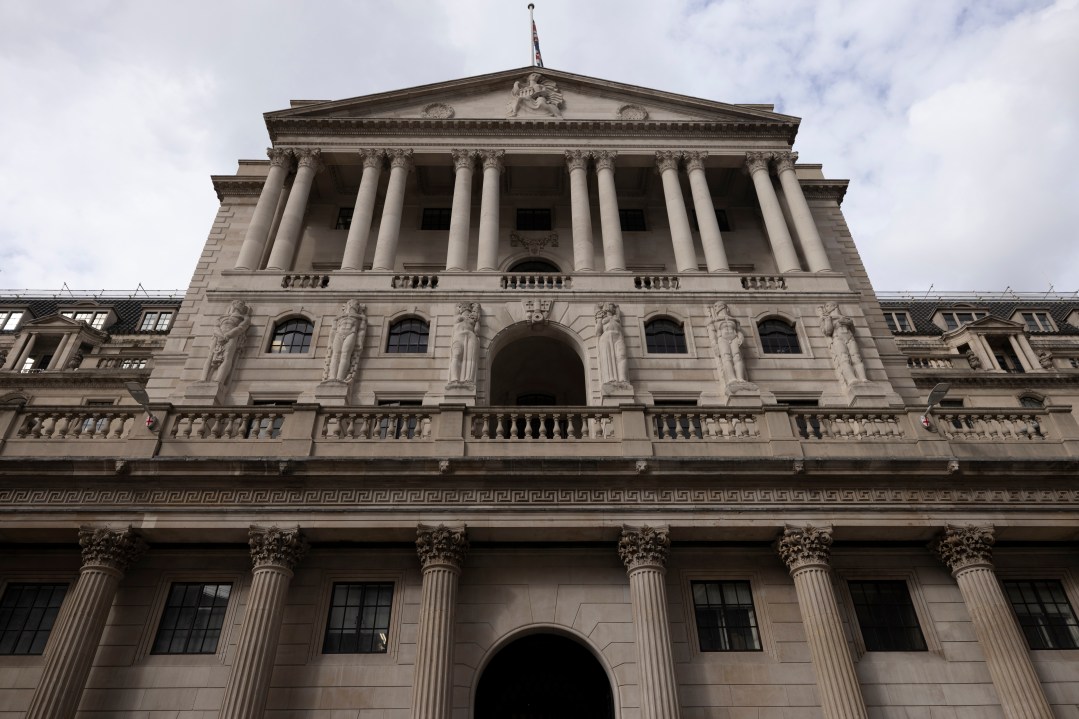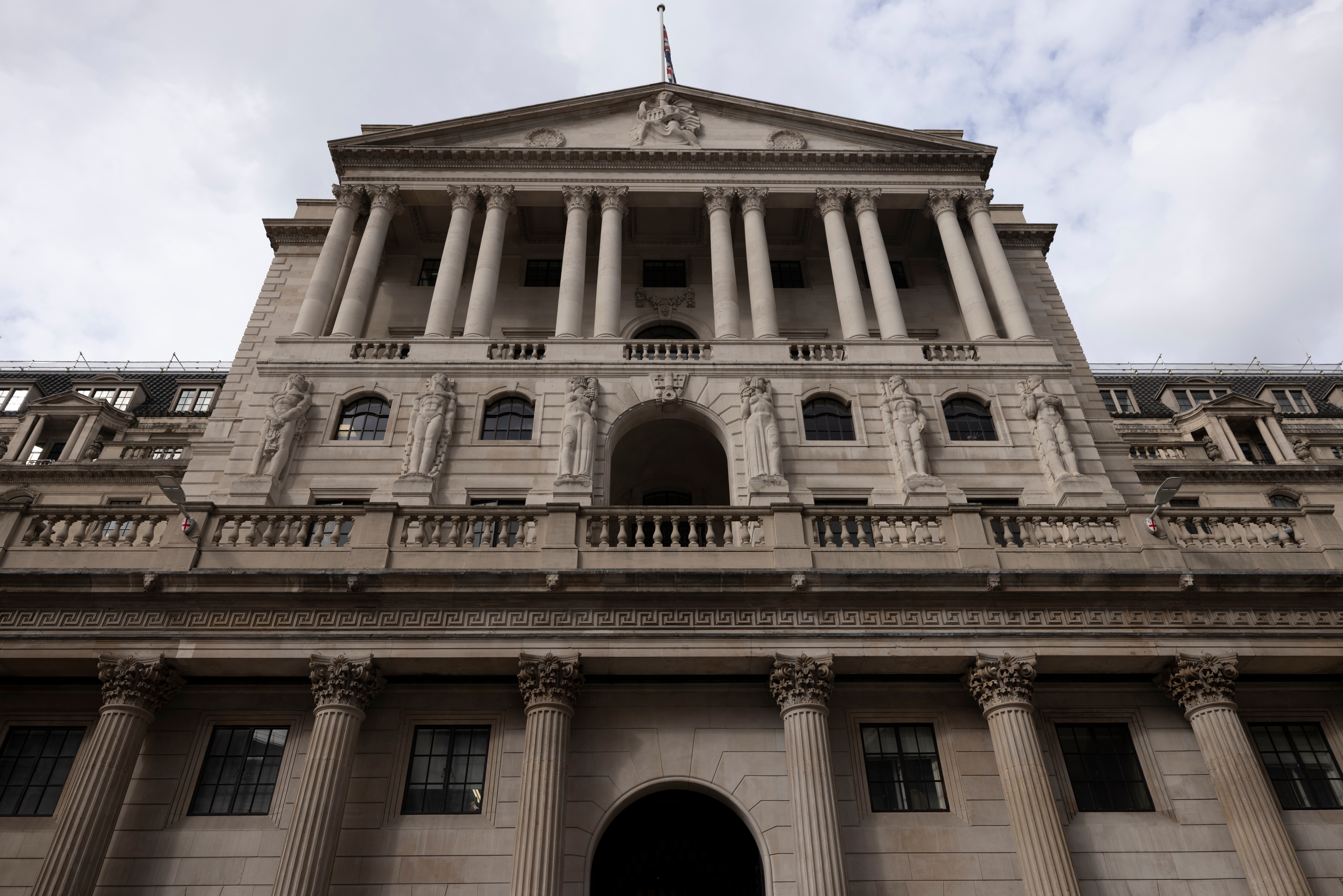When Kwasi Kwarteng stood up to deliver his mini-Budget last month, the assumption by the government was that the markets would jump for joy over its growth strategy. Less than three weeks later, the Bank of England is staging its third intervention to keep the UK’s bond market afloat, warning this morning of ‘material risk’ to the UK’s financial stability if markets don’t calm down soon.
After yesterday’s update – that the Bank would double its purchasing limit of long-term gilts from £5 billion per day to £10 billion as well as extending its gilt-buying scheme past the end of the week to allow banks to protect pension funds – Threadneedle Street this morning announced it would include index-linked government bonds in its purchases for the next few days, until the scheme formally comes to an end on Friday.
Indeed, there was an auction of index-linked government bonds this morning. The good news is that this auction was, broadly speaking, a success, with sales totalling £900 million. In short: there is still a healthy appetite for buying the government’s debt. But selling it off is coming at a much higher cost, with the interest rate on the gilts reaching its highest level in more than a decade.
When the government pays more to service its debt, it gets nothing in return – no new hospitals, no extra police, nothing
This latest intervention comes after a surge in gilt yields yesterday: sitting at 4.7 per cent for 30-year UK bonds. When the Bank announced its first intervention after the mini-Budget – a £65 billion gilt-buying programme – gilt yields fell slightly. But this week the Bank noted ‘significant re-pricing’ to gilts and ramped up its interventions once more.
There are competing theories as to what is responsible for this week’s surge in borrowing costs. As the Bank continues to insist that its emergency gilt-buying programme will still come to an end this Friday, trepidation is stirring up again that markets could return to freefall. This is especially risky as a common market for UK gilts – overseas buyers – will be more hesitant to invest in government debt. With the Bank still behind the Federal Reserve on raising interest rates – and the government’s plan for fiscal discipline still completely unknown – foreign buyers will demand higher returns, or a risk premium, for purchasing what look to be increasingly risky investments.
There is also increasing concern over the ‘fire sale’ of pension assets when the Bank stops its buying programme this Friday – one that the Bank has acknowledged in its statement today. There is a growing sense that the Bank is won’t be able to return to business as usual come Friday. Don’t forget, its plan less than a week before the mini-Budget was to start selling off government bonds. This strategy quickly became a U-turn, as the government’s fiscal plans left the Bank convinced it had to reassert itself as a primary buyer of government bonds, to give some reassurance to the markets. The idea that the Bank will become a net-seller of gilts by the end of this month is a prospect that seems less likely by the day.
The medium-term concern is that even when markets settle, they will do so in a place where gilt yields are significantly higher and interest rates have risen at a staggeringly fast pace. This will make it more costly for government to borrow, at a time when the economy may be taking a turn for the worse as the cost-of-living squeeze worsens. That makes the politics of market reaction increasingly tricky: when the government pays more to service its debt, it gets nothing in return – no new hospitals, no extra police, nothing.
But it’s the short-term problems that continue to captivate our attention – not least because the markets remain so unstable that the Bank is continuing to intervene just days away from when it theoretically stops its emergency buying programme all together. And what happens come Friday still has everybody guessing.








Comments